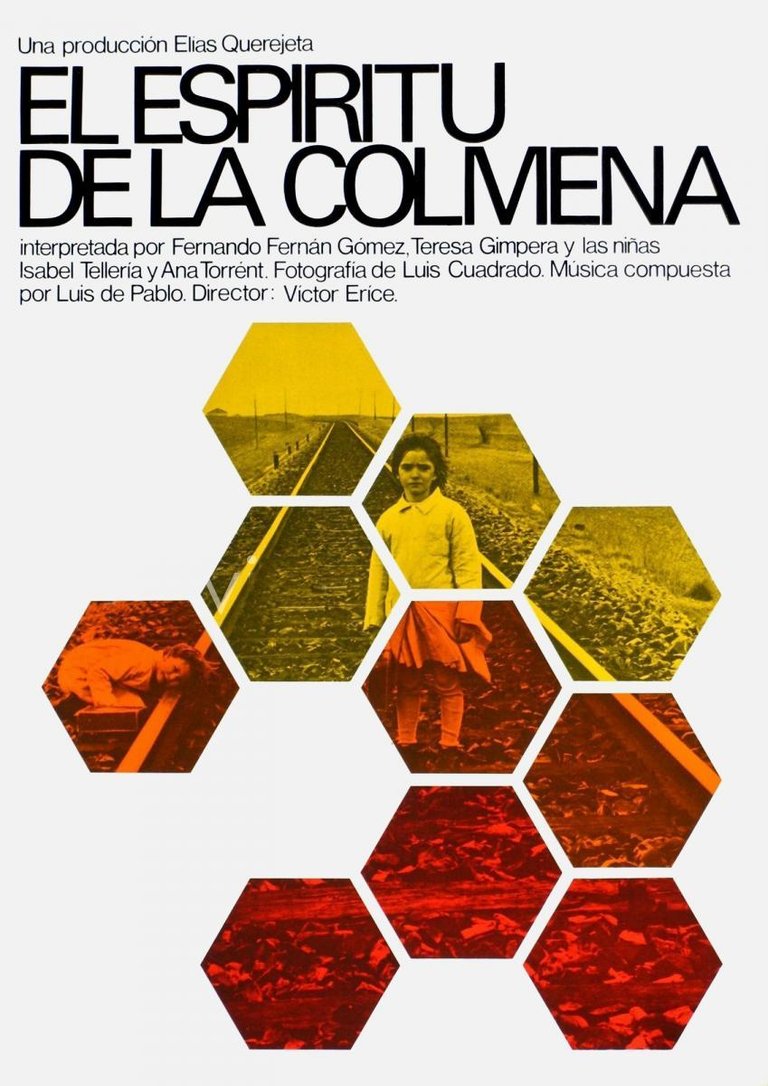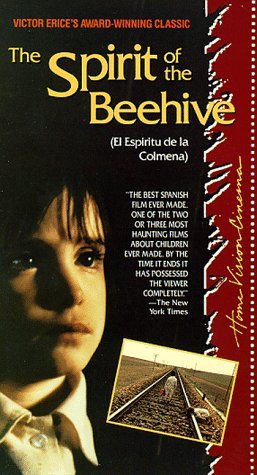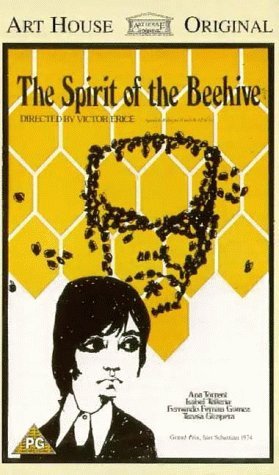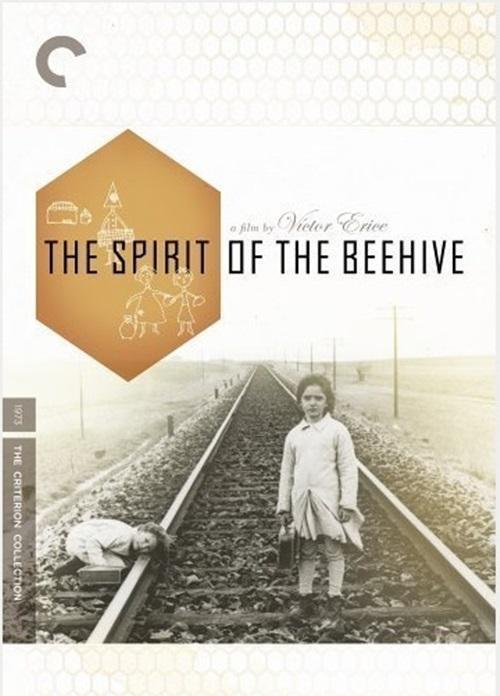The Spirit of Beehive (1973): of monsters and silences | de monstruos y silencios

De las mejores películas españolas de la historia
One of the things I like about living in a metropolis like Santiago is its multiculturalism. There are people, places, spaces from all over the world and a cultural offering that can include Japanese art exhibitions, African music cycles, talks about people without a country, Caribbean gastronomic encounters and plays about national history, all in the same week and often for free or at a fairly affordable cost.
Una de las cosas que me gusta de vivir en una metrópolis como Santiago es su multiculturalidad. Hay personas, lugares, espacios, de todas partes del mundo y una oferta cultural que puede incluir exposiciones de arte japonés, ciclos de música africana, charlas sobre los pueblos sin país, encuentros gastronómicos caribeños y obras de teatro sobre la historia nacional, todo en la misma semana y muchas veces de forma gratuita o a un costo bastante accesible.
In this case, the occasion was the start of the Spanish film series Espanoramas which, not only in Santiago but also around the world, will be reviewing this month the filmography of Victor Erice, one of the most memorable filmmakers in Spain, although perhaps not one of the most famous or remembered. A movie theater in the city, together with a Spanish cultural center, organized the program in which they will review a little more than half a dozen of Erice's works and when I saw that two of these works had been on my to-watch list for a long time (although I didn't know the name of the director), I didn't hesitate to go to the opening date to see The Spirit of Beehive. The film begins with a rural panorama and places us in a small town in Castile, at the beginning of the 1940s, just after the Spanish Civil War and in the first years of Franco's dictatorship, a dictatorship that lasted more than thirty years. In this small town, amidst the voices and shouts of children running around, we see a truck carrying a film that is later shown, for both children and adults, in the town hall: Frankenstein. It's James Whale's 1931 version and the images of the creature and some scenes make a strong impression on the children of the town. Two of these girls, Ana and Isabel, are sisters (between five and nine years old) and since Isabel is the oldest, she's the one who receives her little sister's questions about the film and answers her, let's say not with total honesty: she tells her that the creature lives in the town and even shows her the house.
En este caso, la ocasión fue el inicio del ciclo de cine español Espanoramas que, no sólo en Santiago sino también alrededor del mundo, estará revisando este mes la filmografía de Víctor Erice, uno de los cineastas más memorables de España, aunque quizás no de los más famosos o recordados. Una sala de cine de la ciudad, conjuntamente con un centro cultural español, realizó la programación en la que se revisarán poco más de media docena de obras de Erice y cuando vi que dos de esas obras estaban desde hacía mucho tiempo (aunque ignoraba el nombre del director) en mi lista de pendientes, no dudé en acudir a la fecha inaugural para ver El espíritu de la colmena (The Spirit of Beehive). La película inicia con un panorama rural y nos sitúa en un pequeño pueblo de Castilla, al inicio de los años cuarenta, justo después de la guerra civil española y en los primeros años del franquismo, una dictadura que duró más de treinta años. A ese pequeño pueblo, en medio de voces y gritos de niños corriendo, vemos cómo llega un camión que transporta una película que luego es proyectada, para grandes y chicos, en el ayuntamiento: Frankenstein. Se trata de la versión de James Whale de 1931 y las imágenes de la criatura y algunas escenas impresionan fuertemente a los niños del pueblo. Dos de estas niñas, Ana e Isabel, son hermanas (entre los cinco y los nueve años) y como Isabel es la más grande, es ella quien recibe las preguntas de su hermana pequeña con respecto a la película y le responde, digamos que no con total honestidad: le dice que la criatura vive en el pueblo y hasta le muestra la casa.
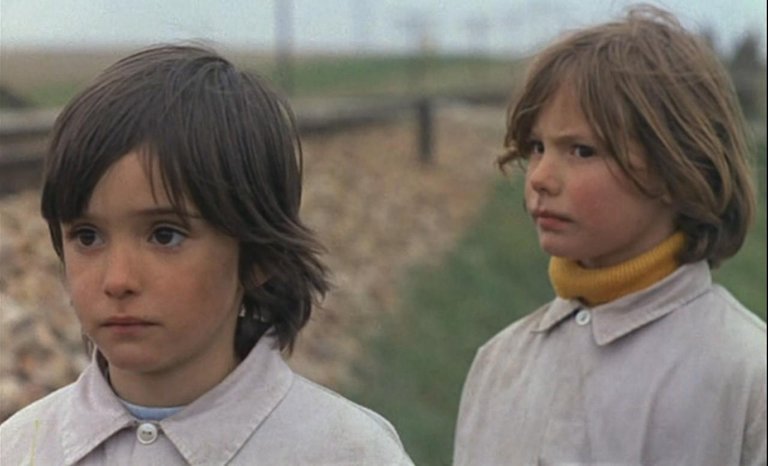
From there, a series of episodes follow about the girls' lives and their family, a somewhat aged father and a much younger mother, but I think that the most important thing in the film is precisely what it does not tell openly. Erice manages, through very well thought-out images, to transmit emotions and messages that are as clear as a confession, but as subtle as a poem, a visual one in this case.
A partir de allí se suceden una serie de episodios alrededor de la vida de las niñas y de su familia, un padre algo envejecido y una madre bastante más joven, pero creo que lo más importante de la película es precisamente lo que no cuenta abiertamente. Erice logra, a través de imágenes muy bien pensadas, transmitirnos emociones y mensajes que resultan tan claros como una confesión, pero tan sutiles como un poema, visual en este caso.
There are sequences in which the characters say little or nothing, but there are elements present in the room, there are gestures, there's some kind of movement and then we understand what's happening. When the mother burns a letter after reading it and we can barely see a return address in the fire, we remember her longing image, her sitting but thinking about something else, and we understand that she loves someone other than her husband. It was not clear to me if it was a casual relationship or if it ended, but I understood that her mind was elsewhere. And in this way one feels first with the body and then understands with the mind. The environment is not only a rural setting, it also looks very lonely. Extensive meadows without people or animals, just an old, abandoned house without doors. In a country that has just emerged from a war, this landscape doesn't generate peace, but rather loneliness, isolation. And finally, the almost silent relationship that is established between Ana and the wounded Republican soldier that she finds shows parallels with the story of the film that she saw. After the boy's disappearance, Ana's grief draws attention and the few words she says, about something Isabel had told her, make us think about the girl's wishes. But all of this is interpretation, readings based on observation and, like any opinion or judgment, it's conditioned by the spectator who makes it, so another different person may have a different opinion, although equally valid.
Hay secuencias en las que los personajes dicen poco o nada, pero hay elementos presentes en la habitación, hay gestos, hay algún tipo de movimiento y entonces entendemos lo que ocurre. Cuando la madre quema una carta después de leerla y apenas se ve un remitente en el fuego, recordamos su imagen anhelante, ella sentada pero pensando en otra cosa, y entendemos que ama a otra persona además de su marido. No me quedó claro si fue una relación casual o si terminó, pero entendí que su mente estaba en otro lado. Y de esa forma uno va sintiendo primero con el cuerpo y entendiendo luego con la mente. El ambiente no es sólo un entorno rural, también se ve muy solitario. Extensos prados sin personas ni animales, apenas una casa vieja, abandonada, sin puertas. En un país que recién salió de una guerra, ese paisaje no genera paz, sino más bien soledad, aislamiento. Y por último, la relación casi muda que se establece entre Ana y el soldado republicano herido que se encuentra muestra paralelismos con la historia de la película que ella vio. Tras la desaparición del muchacho, el duelo de Ana llama la atención y las pocas palabras que pronuncia, sobre algo que Isabel le había dicho, nos hace pensar en los deseos de la niña. Pero todo esto son interpretaciones, lecturas basadas en la observación y, como cualquier opinión o juicio, está condicionado por el espectador que las hace, con lo que otra persona diferente puede tener una opinión distinta, aunque igualmente válida.
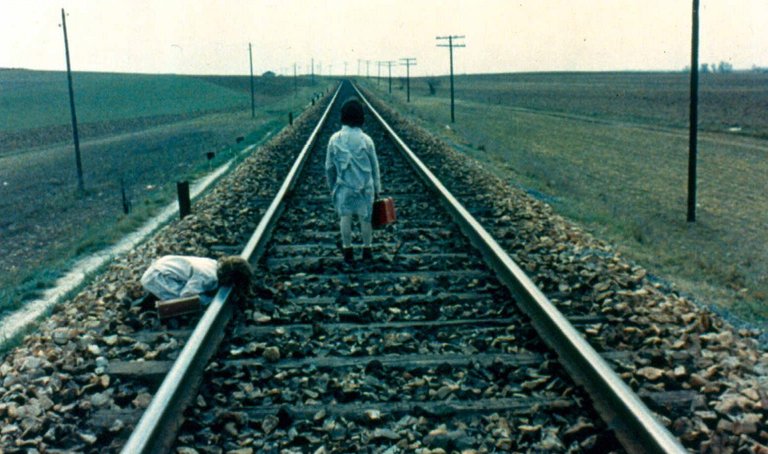
In that sense, I think that The Spirit of Beehive is a visual poem. A poem with a message of pain, of hopelessness, which in the midst of the desolation of the post-war period and the blood spilled by both sides of the conflict, manages to rescue innocence through Ana's eyes, but will it be possible for her to preserve it? When she grows up and realizes that the real monster is not the one she saw on screen but something bigger, overwhelming and suffocating that restricts her freedom, will she still preserve that sweetness of childhood?
En ese sentido, creo que El espíritu de la colmena es un poema visual. Un poema con un mensaje de dolor, de desesperanza, que en medio de la desolación de la posguerra y de la sangre derramada por los dos lados del conflicto, logra rescatar la inocencia a través de los ojos de Ana, pero ¿le será posible preservarla? Cuando crezca y se de cuente de que el verdadero monstruo no es ese que vio en pantalla sino algo más grande, abrumador y asfixiante que coarta su libertad, ¿preservará aún esa dulzura de la niñez?
Isabel is more lively, while Ana is more reserved, and this mix creates a very nice charm on screen in a story that, through its different characters - the father, the mother, the teacher, the girls - reflects on different themes, including Francoism itself, which it shows in a negative light. In 1973, when the film was released, Francisco Franco was still in power and, as in every dictatorship, censorship was quite strong and freedom of expression was limited. Perhaps this is why The Spirit of Beehive is so full of symbolism and silences that want to say something (and in fact do) without doing so openly. But in any case, the photography of the film is so beautiful that I rather think that poetic and subtle style is part of Victor Erice's signature (I'm venturing this opinion because it's the only film of his I've seen), although I could only affirm this by watching more films that are not available on streaming, so I hope to take advantage of the opportunity that Espanoramas gives me, in that regard. I don't know many Spanish directors, but I hadn't heard of Erice either and after reading a bit I found that he's still active (he released a film in 2023) so I ask you, have you seen Victor Erice's films? Have you seen The Spirit of Beehive? What other film of his do you recommend? I'll read you in the comments.
Isabel es más vivaracha, mientras que Ana es más reservada, y esa mezcla genera un encanto muy bonito en la pantalla en una historia que a través de sus diferentes personajes, el padre, la madre, la maestra, las niñas, reflexiona sobre diferentes temas, incluido el propio franquismo al que muestra de manera negativa. Para 1973, cuando se estrenó la película, Francisco Franco aún estaba en el poder y como en toda dictadura, la censura era bastante fuerte y la libertad de expresión estaba condicionada. Tal vez a eso se deba que El espíritu de la colmena esté tan llena de simbolismos y de silencios que quieren decir algo (y de hecho lo dicen) sin hacerlo abiertamente. Pero en cualquier caso, la fotografía de la película es tan hermosa que más bien creo que ese estilo poético y sutil es parte de la firma de Víctor Erice (me estoy aventurando con esta opinión porque es la única película suya que he visto), aunque sólo podría afirmarlo viendo más películas que no están disponibles en streaming, así que espero aprovechar la oportunidad que me brinda, con respecto a eso, Espanoramas. No conozco muchos directores españoles, pero tampoco había oído hablar de Erice y al leer un poco encontré que aún sigue activo (estrenó una película en 2023) por lo que les pregunto, ¿ustedes han visto películas de Victor Erice? ¿han visto El espíritu de la colmena? ¿qué otra película suya me recomiendan? Los leo en los comentarios.
Reseñado por @cristiancaicedo
Other posts that may interest you | Otros posts que pueden interesarte:
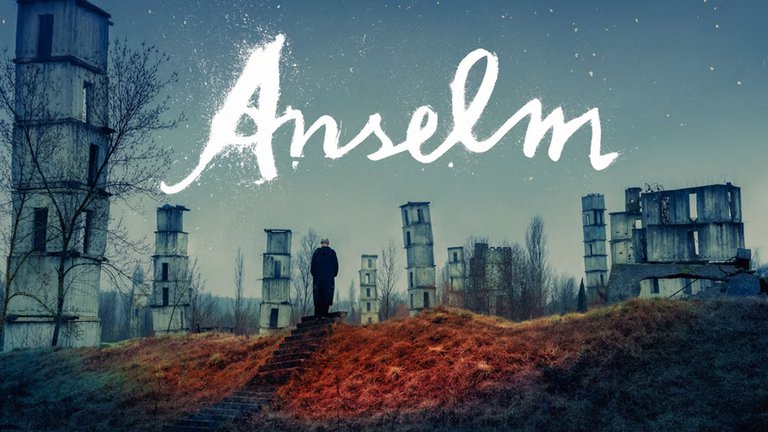  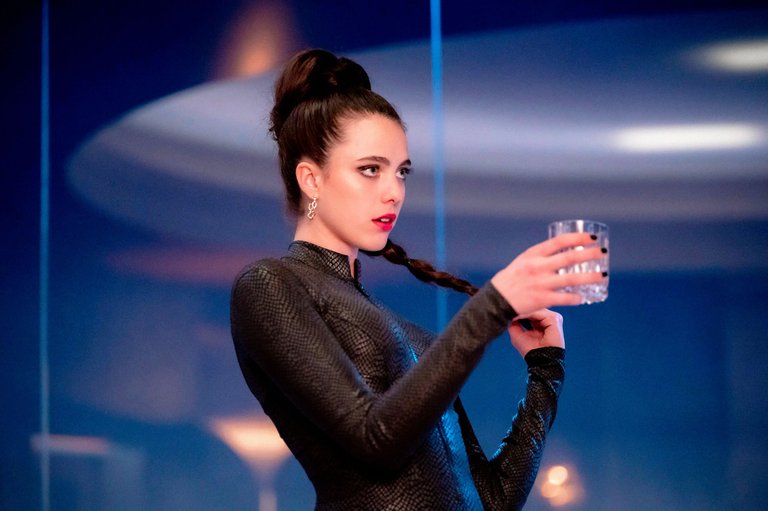 |
|---|
